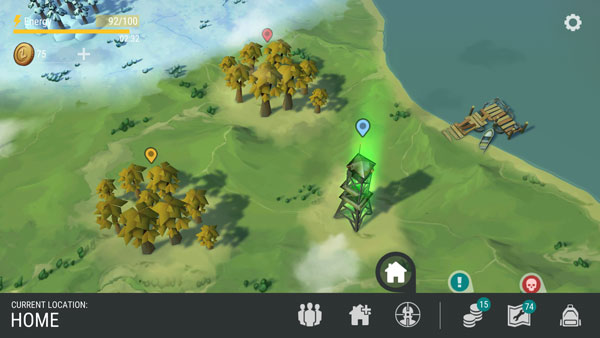
Last Day on Earth Oak: A Poetic Exploration
"Last Day on Earth Oak" is a haunting and evocative poem by renowned American poet Gary Snyder. It captures the poignant beauty of an ancient oak tree on the cusp of a catastrophic event, believed to be the nuclear bombings of Hiroshima and Nagasaki. Snyder’s masterful use of language paints a vivid picture of the tree’s resilience and its indomitable spirit, even in the face of impending destruction.
Suitable Poetry Writing Styles
The theme of "Last Day on Earth Oak" lends itself to a variety of poetry writing styles. Some suitable approaches include:
- Imagist Poetry: Focusing on concrete imagery and sensory details, this style allows readers to experience the tree’s physical presence and the impact of its surroundings.
- Narrative Poetry: Telling a story through verse, this style can capture the chronological events leading up to the poem’s central moment and explore the emotions involved.
- Haiku: A concise and evocative form, haiku can encapsulate the essence of the tree’s resilience and the inevitability of change in a few brief lines.
Poetry on Last Day on Earth Oak
Poem 1: Witness
In ancient silence,
The oak stands tall, defiant,
A beacon of time.
Its gnarled roots anchor,
Grounding it in the present,
As the sky darkens.
Poem 2: Elegy
O fallen leviathan,
Your branches once reaching high,
Now lie broken low.
Your verdant canopy,
A tapestry of verdancy,
Is shrouded in ash.
Poem 3: Resilience
Through fires and storms,
You’ve weathered time’s relentless hand,
A symbol of strength.
Your roots, entwined with earth,
Unyielding, firm, and deep,
A testament to life.
How to Write Poetry on Last Day on Earth Oak
- Immerse Yourself: Read "Last Day on Earth Oak" carefully, paying attention to its imagery, symbolism, and themes.
- Choose Your Style: Determine which poetry style best suits your interpretation of the poem.
- Experiment with Language: Use vivid imagery, sensory details, and evocative language to create a multi-sensory experience.
- Capture the Essence: Focus on conveying the tree’s resilience, the inevitability of change, or the emotions evoked by its imminent demise.
Tips for Reading Good Poetry
- Read Aloud: Poetry is meant to be heard, so read it aloud to appreciate its rhythm and sound.
- Analyze Imagery: Pay attention to the images and sensory details used to create a vivid and immersive experience.
- Consider Themes: Identify the major themes and ideas that the poet is exploring through the poem.
- Reflect on Emotion: Poetry often evokes strong emotions. Take time to reflect on how the poem makes you feel and why.
Questions and Answers
- What is the significance of the oak tree in the poem? The oak tree represents resilience, strength, and the indomitable spirit of nature.
- What is the tone of the poem? The tone is somber and reflective, with a sense of loss and wonder.
- How does the poem explore the impact of war? It shows how even in the face of devastation, life and beauty can persist.
Conclusion
"Last Day on Earth Oak" is a powerful and moving poem that has inspired countless interpretations and responses. Whether you choose to read it, write about it, or simply reflect on its message, this poem offers a profound meditation on the fragility and resilience of life. Remember, poetry is a living art form that thrives on sharing and collaboration. Please do not plagiarize others’ work, and when sharing or quoting poetry, always give credit to the original author.
